Our Work
Infectious Disease Science

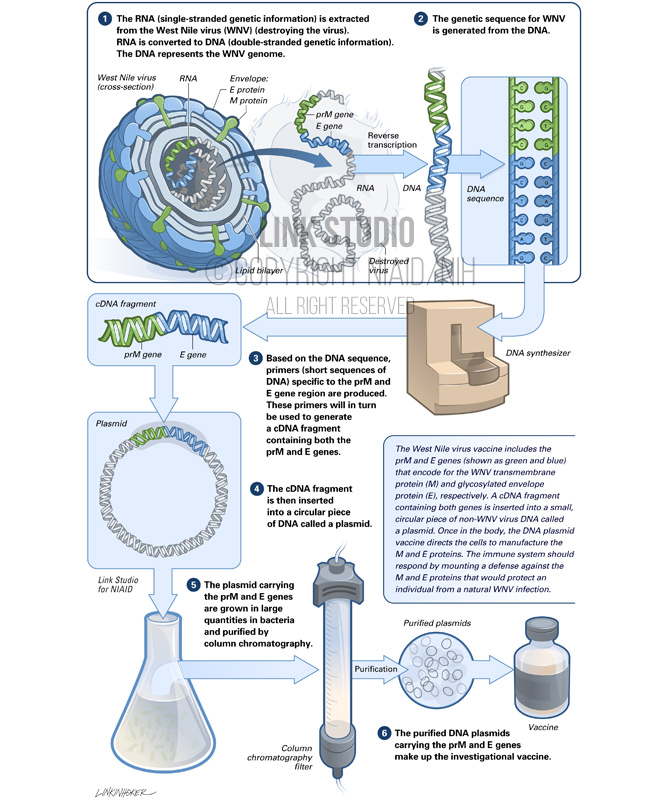
Making a DNA Vaccine for West Nile Virus
This illustration was created to serve as visual support for clinical trials of a fact-tracked NIAID-supported vaccine under development to combat West Nile virus.
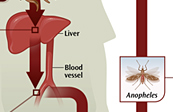
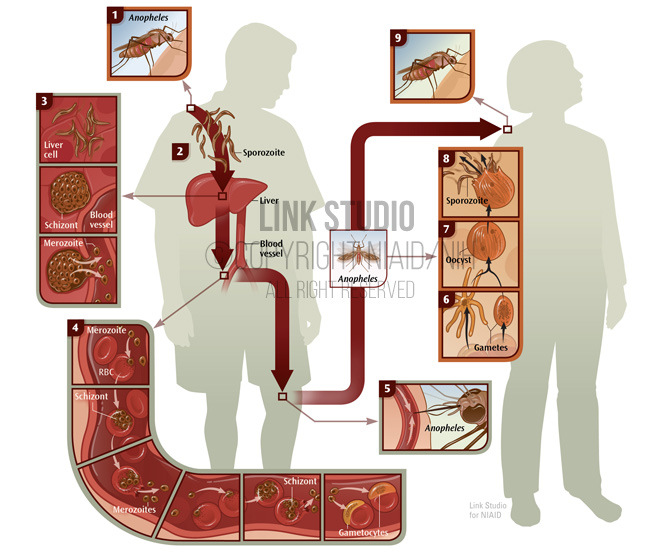
Life Cycle of the Malaria Parasite, Plasmodium
This illustration was created for the NIAID Science Education publication, Malaria – Fighting an Ancient Scourge. This publication gives a full overview of Malaria, including historical accounts, the Plasmodium parasite life cycle, epidemiology, treatments, research and many other details.

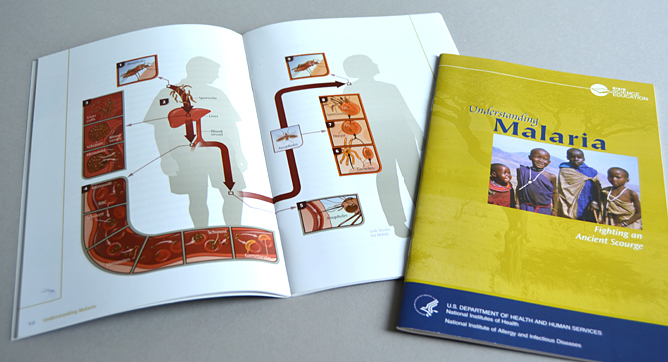
Life Cycle of the Malaria Parasite, Plasmodium – Publication
This illustration was created for the NIAID Science Education publication, Malaria – Fighting an Ancient Scourge. This publication gives a full overview of Malaria, including historical accounts, the Plasmodium parasite life cycle, epidemiology, treatments, research and many other details.

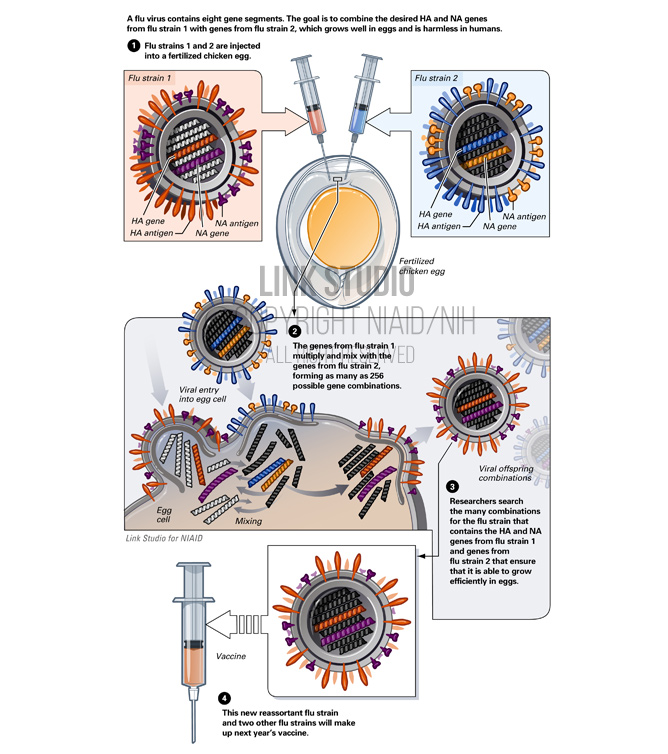
Influenza Vaccine Development Using Reassortment
Reassortment is used to combine the HA and NA surface antigens (proteins) from the target influenza strain 1 with genes from a harmless strain that grows well in an egg (influenza strain 2). These strains mix together, allowing the intended new influenza strain to be selected and used in the vaccine.
This illustration was created for the topic Understanding Influenza on the NIAID website.
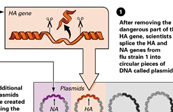
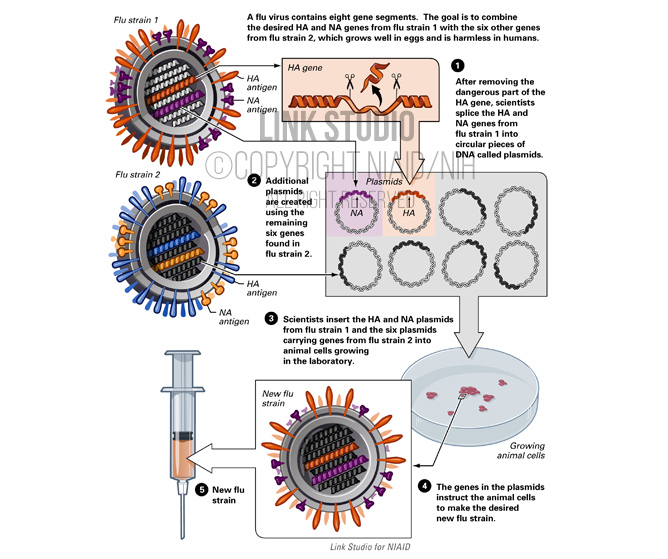
Influenza Vaccine Development Using Reverse Genetics
A custom a flu strain can be produced by assembling genes that code for the key desired features. Two genes representing the HA and NA surface antigens (proteins) are selected from the target strains. These are used to produce a new strain, which becomes the basis for the vaccine.
This illustration was created for the topic Understanding Influenza on the NIAID website.
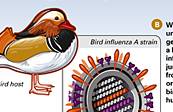

Antigenic Shift of the Influenza Virus
Antigenic shift is a genetic change that enables a flu strain to jump from one animal species to another, including humans.
This illustration was created for the topic Understanding Influenza on the NIAID website.
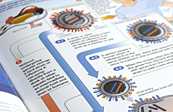
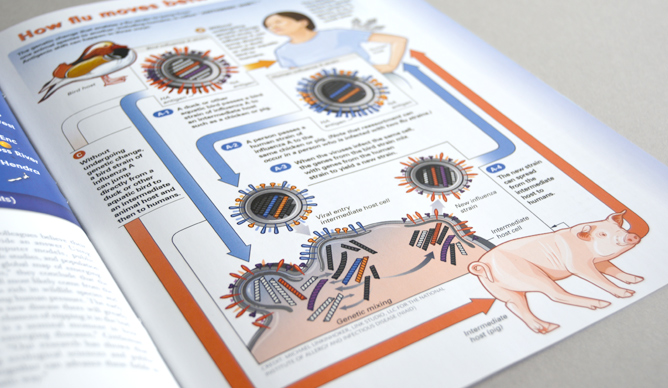
Antigenic Shift of the Influenza Virus – Publication
Antigenic shift is a genetic change that enables a flu strain to jump from one animal species to another, including humans.
This illustration was created for the topic Understanding Influenza on the NIAID website and used in the University of Georgia Magazine – UGA Research.

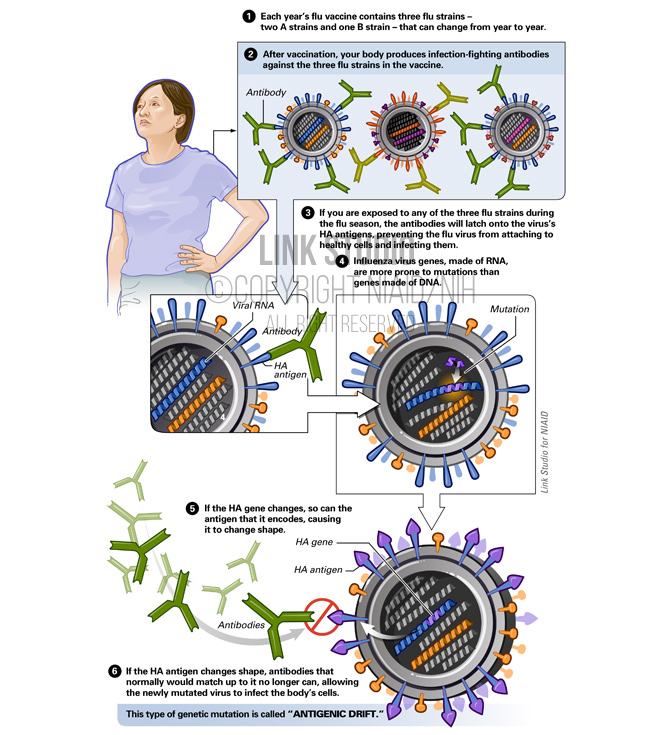
Antigenic Drift of the Influenza Virus
Antigenic drift is a genetic mutation that occurs when the HA gene mutates, which causes the HA surface antigen (protein) to change shape. Antibodies that would normally match and bind to the surface HA antigen, can no longer do so. This allows the mutated virus to infect the body’s cells.
This illustration was created for the topic Understanding Influenza on the NIAID website.
Client
- National Institute of Allergy and Infectious Diseases (NIAID), American Institutes for Research
Category
- Medical Illustration
Industry
- Government
Audience
- Patient Education
Specialty
- Infectious Diseases